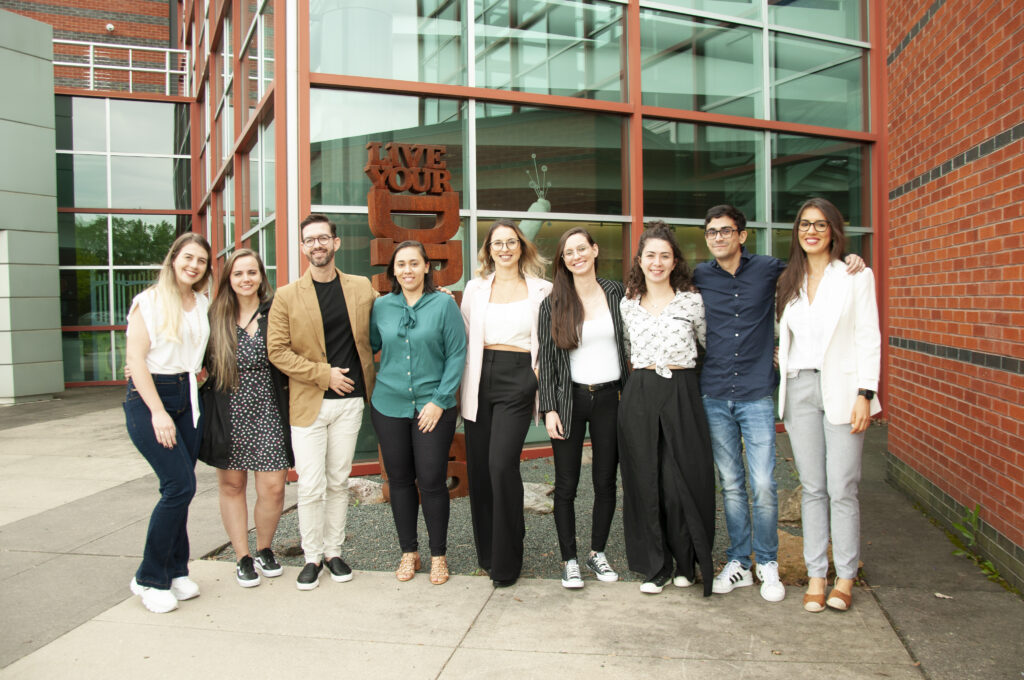Microblogging is a form of blogging characterized by a shortened format and frequent posting schedule. Instead of personal websites, microblogs reside on social media platforms or apps, making them accessible to interact with and post on smartphones. Microblogs focus on interacting with audiences directly. With the ability to reply to or repost content, microblogging is more conversational and collaborative with audiences than long- form writing.

After its founding in 2006, Twitter (recently renamed “X” by its new owner) quickly became the face of microblogging platforms. Users publish content to the platform in posts of 280 characters that can include images, gifs, videos, and what the platform is most known for: hashtags. Hashtags enable users to search the platform by topic to connect with or follow other users who are writing about those topics. Users can also interact with each other by liking or retweeting tweets, which posts them to their own account. The open forum discussion style makes it possible for individuals to share their stories, offering first-hand accounts of breaking news and fueling political movements such as the Women’s March and Black Lives Matter.
Continue reading “To Tweet or Not to Tweet: Microblogging for Science Communication”









